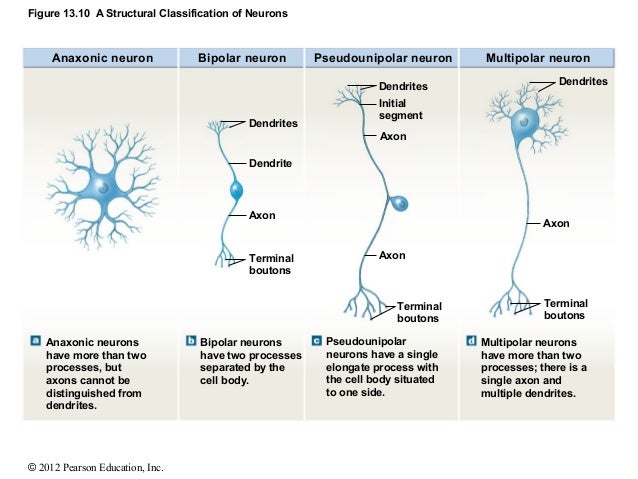

Although nearby neurons may make many potential synapses, these presynaptic neurons are in a minority. First, electrophysiological recordings are heavily biased toward connected and hence nearby neurons. However, this observation does not contradict our theory for 2 reasons. One may question the validity of our assumption that pyramidal cell dendrites avoid multiple potential synapses because experiments indicate that synaptically coupled cortical neurons share multiple synaptic contacts ( 33, 60). Inset shows the same data on log-log scale. The path length was measured in units of the average length over all paths within an arbor as well. In rescaled coordinates, the tortuosity was measured in units of the average index value over all paths within an arbor. The tortuosity index T is defined as the ratio of the length along a path to the Euclidean distance between its ends minus one. ( F) Normalized tortuosity index as a function of the normalized path length from a dendritic segment to cell body. Each point represents a different cell from the 2D dataset. Orange line shows tortuous dendrites predicted from maximizing the connectivity repertoire alone, R ∼ a 1/8ℓ 7/8 (see also D and SI Appendix, section II.7 for detailed derivation). The best fit (magenta line) suggests that basal dendrites are approximately straight. ( E) Tortuosity measured as a function of the average Euclidean distance from the tip of a branch to the cell body R(ℓ). ( D) A sparse arbor, which has lower dendrite density for a given total dendritic length, has fewer multiple potential synapses and, hence, maximizes the connectivity repertoire. ( C) Some axons form multiple potential synapses with a 3D dendritic arbor (crossed black circles here and in A). ( B) Tortuous and branchy dendrites maximize the total number of different arbor shapes quantified by the second and third terms in Eq. Potential synapses are located within the spine-reach zone of a dendrite (gray). Actual synapses are a subset of potential synapses, which in turn are chosen out of a larger set of axons.

For illustration purposes, we have shown all axons as running orthogonally to the plane of the drawing. ( A) Schematic illustration of a 3D basal dendritic arbor of pyramidal cell projected onto a plane and nearby axons that are labeled based on their relations to the arbor. Dendritic arbor shapes reflect maximization of the connectivity repertoire for a given dendritic cost. ( Lower Inset) Shown is the rising part of the plot on log-log scale, indicating a power-law relationship and self-similarity of arbor shape.įig. Curves corresponding to different neurons collapse onto a master curve, fit by a universal function (magenta line), in which μ and γ are the only fitting parameters coefficients g and h are fully determined by the normalization conditions ( SI Appendix, section I.3). ( Upper Inset) Illustration of how the measurement was performed: counts of intersections between concentric spheres and dendritic branches were averaged over random sphere center locations in the central part of the dendritic arbor.

( B) Spatial pairwise correlation between dendritic segments for each neuron from the 3D dataset is shown in rescaled coordinates. The 10 available shrinkage-corrected 3D reconstructions ( 25) (3D dataset) are consistent with this relationship. For 2,161 shrinkage-corrected 2D reconstructions of basal dendrites of pyramidal cells from different cortical areas, the power is 0.44 ± 0.01. ( A) Dendritic arbor radius scales as a power of the total dendritic length. Scaling, universality, and self-similarity of basal dendritic arbors of pyramidal neurons. Our results represent a step toward a unifying view of the relationship between neuronal morphology and function.įig. In addition, our theory explains why dendritic branches of pyramidal cells are distributed more sparsely than those of Purkinje cells.

The solution is consistent with the above observations and predicts scaling relations that can be tested experimentally. We solved this optimization problem by drawing an analogy with maximization of the entropy for a given energy in statistical physics. We proposed that these properties result from maximizing the repertoire of possible connectivity patterns between dendrites and surrounding axons while keeping the cost of dendrites low. Here, we analyzed basal dendritic arbors of 2,171 pyramidal neurons sampled from mammalian brains and discovered 3 statistical properties: the dendritic arbor size scales with the total dendritic length, the spatial correlation of dendritic branches within an arbor has a universal functional form, and small parts of an arbor are self-similar. The shapes of dendritic arbors are fascinating and important, yet the principles underlying these complex and diverse structures remain unclear.


 0 kommentar(er)
0 kommentar(er)
